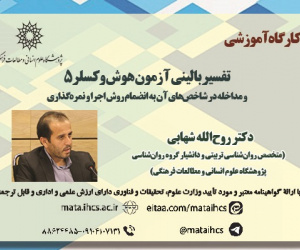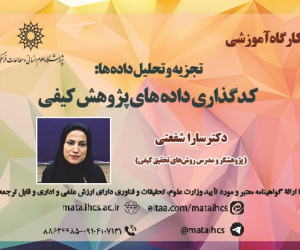بررسی تناقض دو اصل پایستگی تکانه دکارت و پایستگی انرژی لایب نیتس بر اساس طبیعیات ابن سینا
آرشیو
چکیده
فیزیک و فلسفه، از ابتدای پیدایش فیزیک، از هم جدا نبوده اند. بنابراین، دور از انتظار نیست که در فلسفه غرب، دلالت هایی بر قوانین پایستگی فیزیک پیدا کنیم. نتایج برگرفته از دو مکتب فلسفی دکارتی و مکتب لایب نیتس، که حتی در فهم و توصیف جسم اتفاق نظر ندارند، هرکدام متصدی طرح یکی از دو قانون مهم پایستگی انرژی و پایستگی تکانه (اندازه حرکت) هستنند، که این مسئله ای جدی است. این مقاله با روش تحلیلی - استنباطی نشان خواهد داد گرچه مقدمات دو قانون پایستگی انرژی و پایستگی تکانه در فلسفه لایب نیتس و دکارت با هم ناسازگارند، اما این مقدمات به خوبی در فلسفه ابوعلی سینا کل واحدی را تشکیل می دهند.Investigating the contradiction between Descartes' principle of conservation of momentum and Leibniz's principle of conservation of energy based on Avicenna's physics
Physics and philosophy have not been separated since the beginning of physics. Therefore, it is not far from the expectation that we find indications of the laws of stability of physics in Western philosophy. The results derived from the two philosophical schools of Descartes and Leibniz, which do not even agree on the understanding and description of the substance, each of them is in charge of the design of one of the two important laws of conservation of energy and conservation of momentum (the amount of motion), which is a serious issue. This article will show with an analytical-inferential method that although the premises of the two laws of conservation of energy and conservation of momentum in the philosophy of Leibniz and Descartes are incompatible, but these premises form a single whole in the philosophy of Abu Ali Sina (Avicenna).








